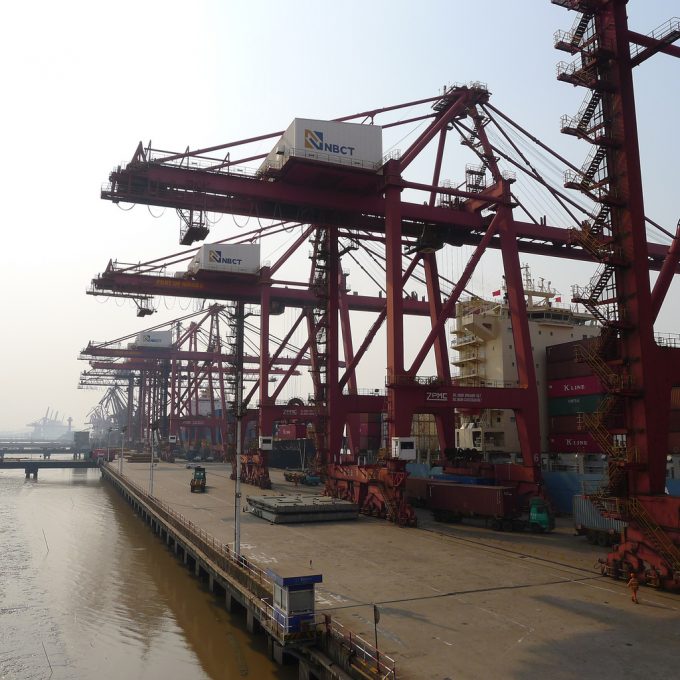Tradelanes: Overcapacity on Asia-S America impacting alliances and rates
Carriers on the Asia-west coast South America trade appear to be on the verge of ...

Container spot rates across the board fell this week, according to today’s reading of the Shanghai Containerized Freight Index (SCFI).
Overall, the index shed 4.8% as all but a few minor routes saw spot rates tumble.
The biggest losses were on the transpacific, where both the two ...

Comment on this article